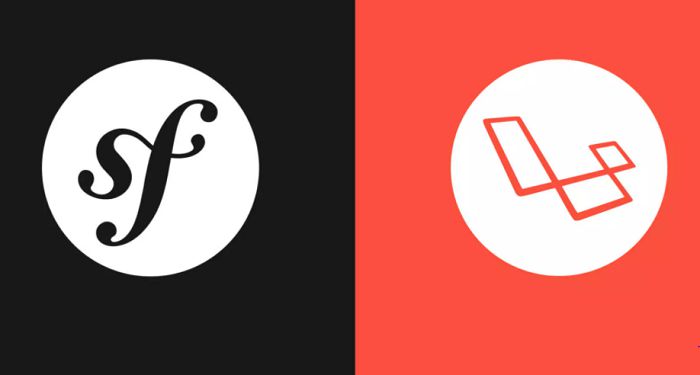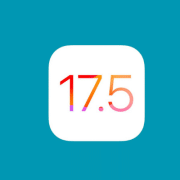For every project, such as the creation of a mobile application or developing a website, the PHP framework is mostly used by web developers. However, there are many PHP frameworks available in the market. But there are two popular frameworks mostly used by developers, they are Laravel and Symfony. Although they are both popular and well used, laravel seems to gather more momentum and has seen many businesses hire laravel developer or the team of developers to work on their projects.
But that has not stopped these frameworks from causing developers a lot of headaches for deciding on the best choice on which one to use for their projects. The two of them have some merits and demerits, and I will compare the functionalities for both to enable you to pick the best for you and give you a level of certainty before you choose either Laravel or Symfony for your projects.
First, let us look at basic information about what Laravel and Symfony entails:
- Laravel
Released in 2011, this is a PHP open-source framework that uses the model-view-controller pattern for designing projects. Its different components are reusable in creating a web application, it also has some basic features such as Codelgniter, Ruby on Rails, and Yii, which are all on the PHP framework. Laravel presently is the number one framework in the market, and its strengths lie in the simplicity, speed of the written code, and intuitiveness, according to the authors of the framework. Sound knowledge of Advanced PHP and Core PHP makes Laravel very easy to use. To create simple PHP applications, the use of laravel is prominent in reducing the development time framework and the basic coding approach.
- Symfony
Initially released in the year 2005 as Symfony 1, it was a different project entirely and had different presumptions. However, Symfony 2 was released in 2011, which marks the inception of the framework. It functions as an open-source PHP framework. It is used to execute large and complex projects, just like laravel, it also uses the model-view-controller pattern for designing projects.
Similarities
The similarities between these frameworks are relatively many. And from the fundamental information provided already, both of them use the PHP language and are open-source. The proficiency to use the system with extra components and modules and multi-platform design are the remarkable similarities between Laravel and Symfony. More so, the database applicable work support in both frameworks uses the Object-relational mapping. And without detailed knowledge of both frameworks, you might find it hard to differentiate between the two.
Peculiar Features Of Laravel
First, it is important to know that the Laravel framework is built on the Symfony elements, but more enhanced by the vision and logic in writing software using PHP language. The core of Laravel is the swiftness to write code and intuitiveness according to its authors, they further stated that available resources and time are key in today’s high demand for programming solutions. Even though this is accurate, it has made Laravel a framework used mainly for smaller projects.
The Laravel framework gets you started with a ready-to-work and fully reliant environment, unlike Symfony, for developers that do not want the configuration of everything from the beginning by themselves. The needed tools like vue.js or Eloquent ORM are readily available for use and can be very useful for an amateur or individuals that are time cautious.
Another important functionality of Laravel is the authorization system gotten from the start, and it is an integral part of web development. Unlike Symfony, Laravel has an inbuilt authorization system that supports it.
Peculiar Features Of Symfony
Symfony is the direct opposite of Laravel when you talk about the projects it is used for, while later is used to execute small-scale projects, the former is used to execute large-scale projects. It comprises mutual independent elements that can be installed with a certain functionality already in place. For example, a payment system or an instant messenger. What it does is to make sure the code is independent of the system being written and use the mutually independent elements for other projects.
Symfony is flexible and versatile, it is used for several popular projects, including PrestaShop, Drupal, or also as a base for another framework like CakePHP or Laravel. However, a major advantage that is often pointed out is the performance rate, but this depends on the basic elements and components you use – so, it can be said that, that Symfony’s performance is directly proportional to the sum of the individual performances by the components.
Conclusion
Choosing the right framework as earlier stated does not come easily, but with this explanation, you understand that both frameworks have their pros and cons, but it still depends on the project you are at work on. So I will let you decide on which framework is suitable for your project, and I strongly believe you will get the best out of the choice you make.















Comments